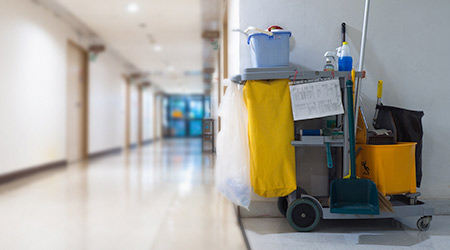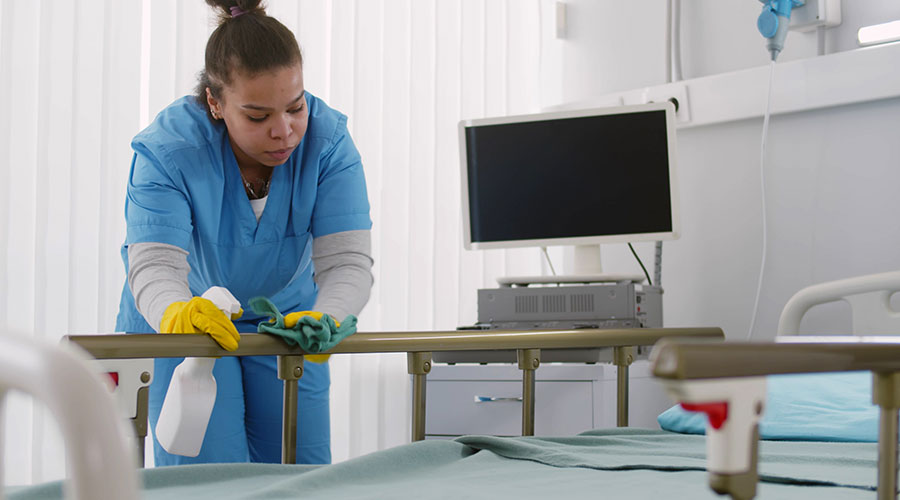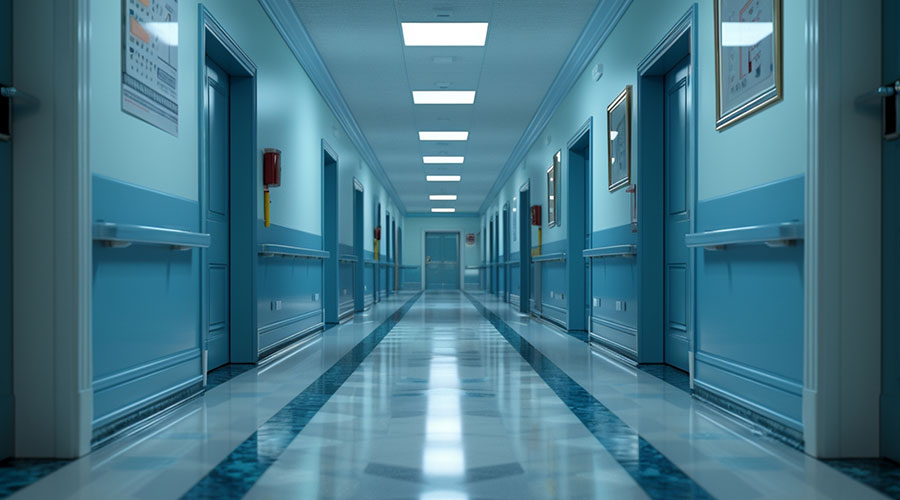
Participating facilities achieved a 14.2 percent decrease in C. diff rates
August 8, 2018
Topic Area: Infection Control
 Probiotic Cleaners: The Start of a Cleaning Revolution?
Probiotic Cleaners: The Start of a Cleaning Revolution?Advantages of probiotic cleaning include fewer resistant genes and cost savings through decreased antibiotic use.
 Gun Incident Highlights Need for Security Infrastructure
Gun Incident Highlights Need for Security InfrastructureA man was arrested at Aultman Memorial Hospital after allegedly firing a gun in the ER.
 Creative Solutions in Healthcare Acquires 5 Skilled Nursing Facilities
Creative Solutions in Healthcare Acquires 5 Skilled Nursing FacilitiesEach location is planned to begin substantial upgrades to infrastructure and resident services.
 Over 700 Hospitals at Risk of Closure
Over 700 Hospitals at Risk of ClosureHospitals are citing financial problems at the main cause of potential closure.
 Astrana Health Fully Acquires Prospect Health
Astrana Health Fully Acquires Prospect HealthThey completed the acquisition of Prospect Health for a total purchase price of $708 million.